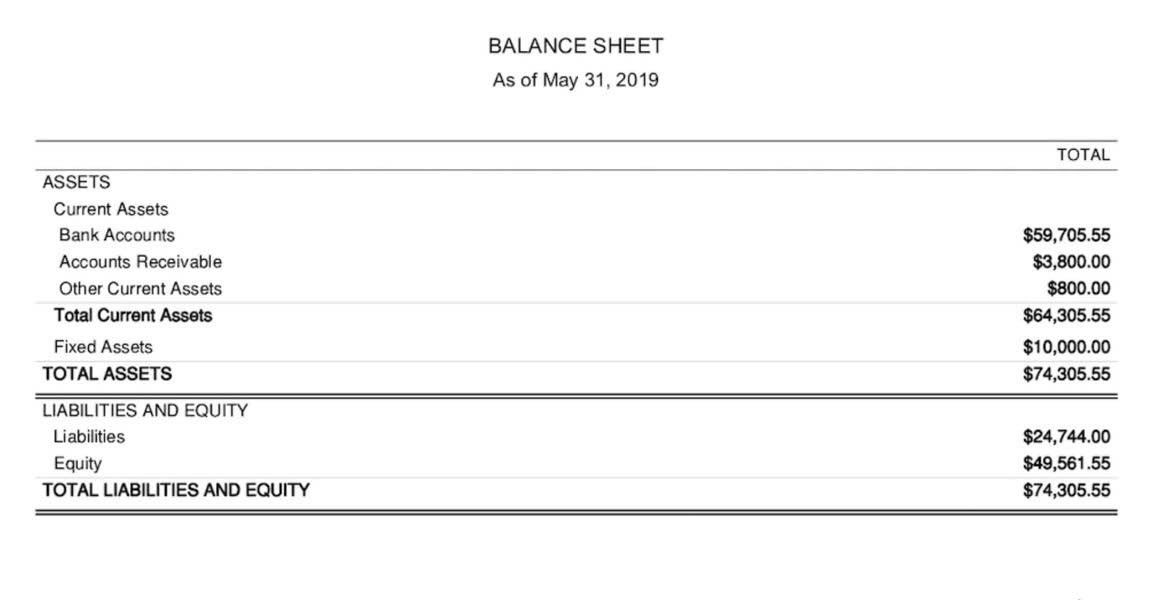Difference between Trade and Cash Discount With Examples

Notice in Formula 6.4 that the list price and the net price are not involved in the calculation of the single equivalent discount. You are driving down the street when you see a large sign at Old Navy that says, “Big sale, take an additional 25% off already reduced prices! ” In other words, products on sale (the first discount) are being reduced by an additional 25% (the second discount). Because Formula 6.1 handles only a single discount, you must use an extended formula in trade discount formula this case. Start with distribution in the top half of the figure and work left to right. As an example, let’s look at a manufacturer such as Kellogg Canada Inc. (which makes such products as Pop-Tarts, Eggo Waffles, and Rice Krispies).
- Toys R’ Us has an outlet in the parking lot where the regular price for the same toy is $59.99, but all Batman products are being cleared out at 40% off.
- The risk-free rate is then added to the product of the stock’s beta and the market risk premium.
- Kellogg Canada understands its distributors and calculates that to be profitable most retailers must pay approximately 40% less than the MSRP.
- The ripple effect of trade discounts extends to inventory management.
Example 6.1G: Understanding the Price
It is simply to say, ‘discount’ is a percentage of the listed price. This rebate offered by the seller to buyer is known as a discount. Manufacturers (and wholesalers) often produce a single price list of their products for their customers. This usually lists the prices (the list price) at the level a final consumer would pay. Clearly wholesalers and retailers cannot pay this Certified Public Accountant price because they have to mark up the price they pay before they sell the product.
- B) Calculate the net price of the bicycle after applying the trade discount.
- Manufacturers and resellers can agree on trade discounts at any rate that’s mutually beneficial.
- As you deal with increasingly complicated pricing formulas, your algebraic skills in solving linear equations and substitution become very important.
- Trade discount is a reduction granted by a supplier of goods/services on the list or catalogue prices of the goods supplied.
- If you are a consumer, the ticketed price tag on the product is your cost.
- Trade discounts also help manufacturers maintain a competitive advantage.
Credit Cost Calculator Trade Credit Discount
- Whether it is the multiple discounts or just the single equivalent discount that you apply to the list price, the net price calculated is always the same.
- Alternatively, we can apply Formula 7.3a to calculate the net price directly.
- Quantity discounts are offered to buyers who purchase larger quantities of a product.
- This means Walmart gets a small percentage off the invoice if they pay quickly.
- The triangle technique discussed in Section 2.3 can remind you how to rearrange the formulas for each variable, as illustrated in the figure to the right.
Treasury bonds rose to 5% or 6% during the 10-year holding period. An increase in the Bookkeeping for Consultants risk-free rate also increases the cost of the capital used in the investment and could make the stock look overvalued. Including beta in the formula assumes that risk can be measured by a stock’s price volatility.

How Do Trade Discounts Work?

The price tag reads $14.75, which is $10.24 off the regular price. Let’s assume that 100 keyboards are sold for the list price of 300 each with a trade discount of 10%. The seller would not log the trade discount in its accounting records but only record revenue corresponding to the amount invoiced for the customer. In contrast to this a cash discount or early settlement discount is given after the exchange with the customer, and therefore is entered into the accounting records. Company A is a manufacturer who does not sell to end-consumers but only to wholesalers, distributors, retailers and other resellers.
Advanced Calculation Scenarios & Financial Impact
- Since the list price is asked for given the amount of discount, we apply Formula 7.1b.
- Seasonal discounts are a strategic tool for balancing supply and demand, ensuring that businesses can maintain a healthy turnover of goods throughout the year.
- Including beta in the formula assumes that risk can be measured by a stock’s price volatility.
- Businesses often use specialized software to manage and calculate trade discounts efficiently.
- The final entry at the time of payment, in the books of ABC Ltd, will show the cash worth 980,000 as debit as this is the amount being received.
Beyond the monetary value involved, CCC accounts for the time involved in these processes and provides another view of the company’s operating efficiency. The cash conversion cycle can be used to determine corporate efficiency. It evaluates how efficiently a company’s operations and management are running. Tracking a company’s CCC over multiple quarters will show if it is improving, maintaining, or worsening its operational efficiency. The cash conversion cycle (CCC) is a metric that measures the amount of time it takes for a company to sell its inventory, collect receivables, and pay its bills. The shorter the cash conversion cycle, the better, and the less time cash is in accounts receivable or inventory.

Post Comment